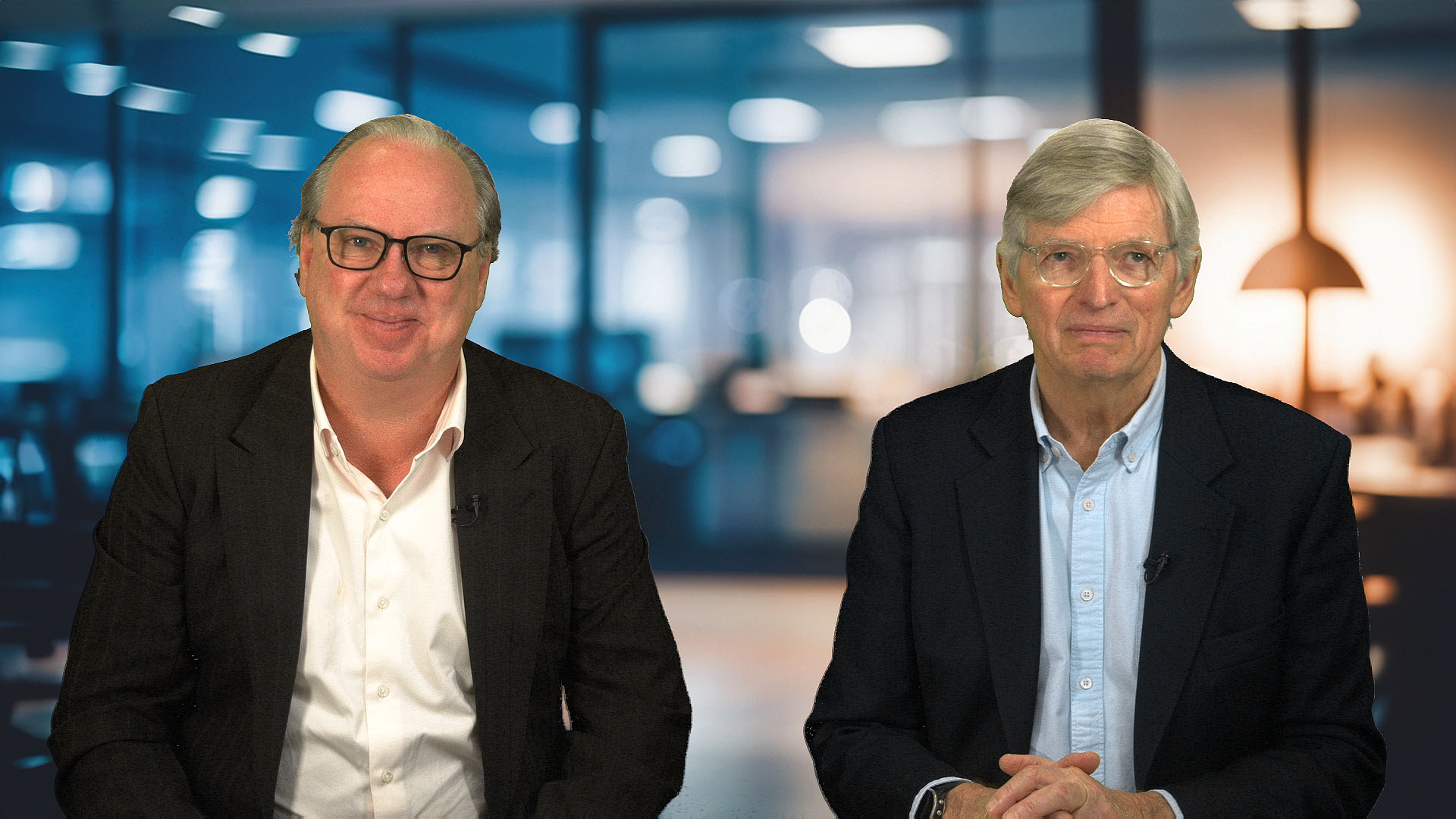Ahead of the dramatic impact of the new Covid Omicron variant on world markets on Friday, October retail sales data showed Australian shoppers, especially those in NSW, Victoria and the ACT, re-opened their wallets last month and spent heavily once the Delta lockdowns were eased.
The new variant loomed larger in the wake of the retail sales data release and ahead of the September quarter’s national accounts and gross domestic product figures this Wednesday.
The fear of the variant’s different genetic structure saw government’s tighten travel and arrival rules in dozens of countries. NSW imposed tougher restrictions for international visitors than those revealed by the Morrison government on the weekend and with most international experts suggesting it could be another 10 days to two weeks before we see confirmation of whether the variant can defeat existing Covid vaccines.
Which means we can expect some very volatile market conditions and consumer behaviour running up to Christmas.
The October retail sales figures showing a seasonally adjusted 4.9% month on month rise from September which should had been good news, but the new variant’s sudden emergence is now the major concern.
November’s retail sales growth is already in the bag with Victoria re-opening more widely and should again see a solid rise. If the new variant is to have an impact (assuming it is as dangerous as early reports suggest), then any impact on sales in the run up to Christmas will not be reported until early February – that’s if there is any impact.
But barring the virus escaping into the general population and proving to be a raid spreader in December, the annual retail sales bonanza built around Christmas should not be disturbed.
That would be unlike last December when sales fell 4.1% because of the impact of the Avalon Covid cluster on Sydney’s norther beaches and a fall in Victoria after the big surge in November when the first lockdown ended. Falls also occurred in other states as well.
October’s rebound follows September’s 1.3% rise after falls of 1.7% in August 2021, and 2.7% in July 2021. So, on the bald stats the sales lost in July and August were more than recovered in September and October.
Ben James, the ABS Director of Quarterly Economy Wide Statistics, said the 4.9% increase was the strongest monthly rise since Victoria’s first lockdown bounce back in November 2020 with retail turnover rising to its highest level since June 2021, regaining most of the momentum lost prior to the COVID-19 Delta outbreak.
“Retail performance continues to be tied to state lockdowns as this month’s recovery was driven by the end of lockdowns in New South Wales, Victoria and the Australian Capital Territory,” he said.
The NSW lockdown ended on October 11, and that sales jump 13.3% “returning to the levels seen in the months immediately prior to the Delta outbreak, while Victoria and the Australian Capital Territory remain below pre-Delta levels.” That’s even though Victorian sales rose 3% in the month (the lockdown ended later on October 22 and those in the ACT surged 20% with the lockdown there ending on October 15.
But he did point out that as strong as the rebound was in September and October” it is important to note that overall retail turnover has not yet reached the level of May 2021, the month prior to the Delta outbreak.”
As in past rebound, consumers returned to discretionary spending, with rises in five of the industry categories. With bricks and mortar outlets again open, increased mobility and foot traffic strong rises in sales were seen on clothing, footwear and personal accessory retailing (27.7%), cafes restaurants and takeaway food services (12.3%), department stores (22.4%), household goods retailing (4.5%), and other retailing (2.2%).
And, again, as in past rebound spending in food retailing outlets (such as supermarkets) fell – down 0.5% in the month because consumer returned to spending in cafes, restaurants, and takeaways.













